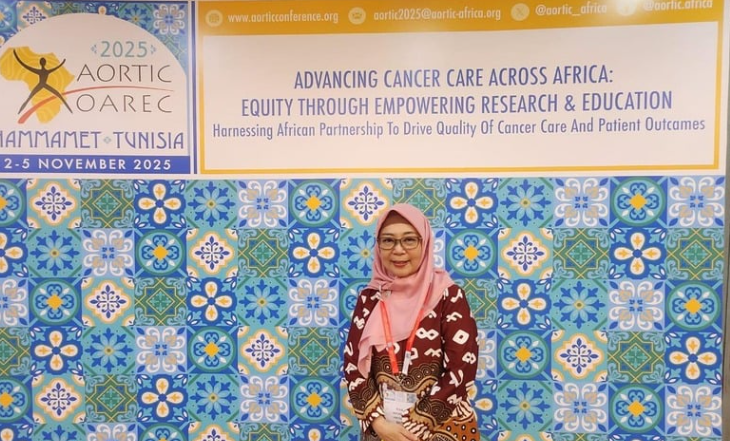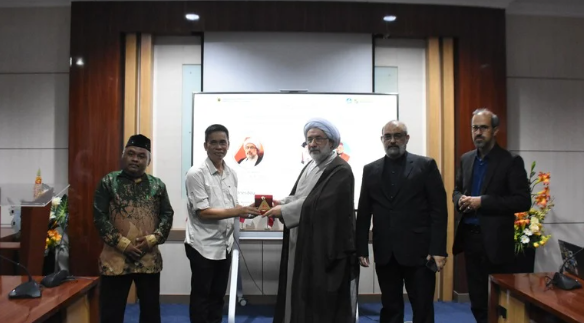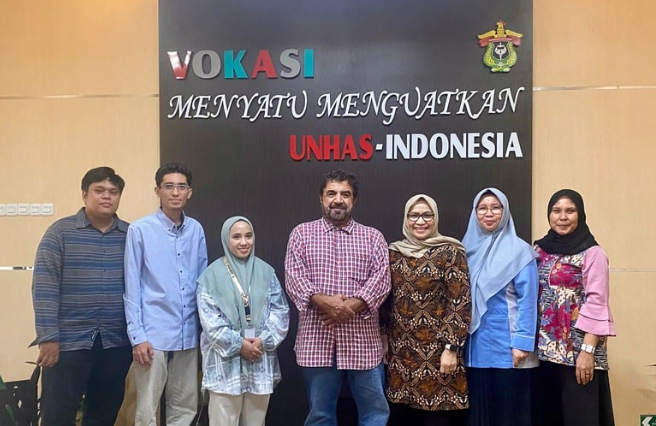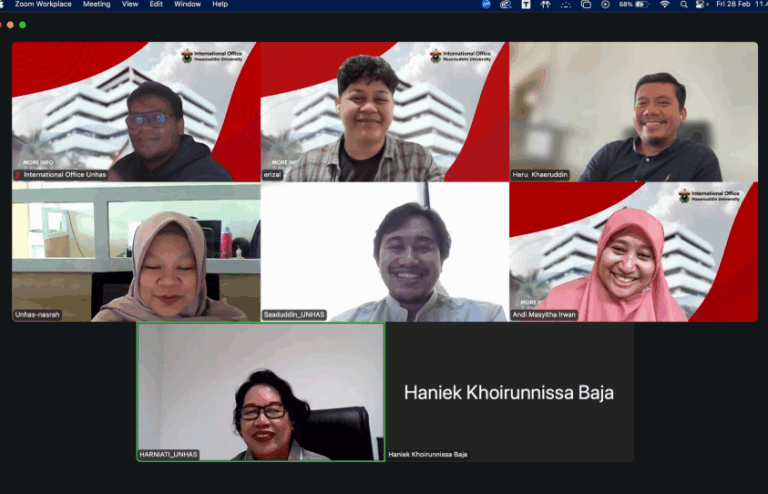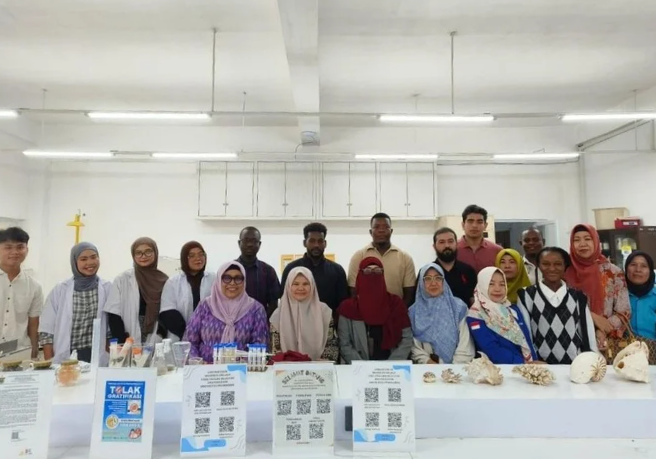The Faculty of Dentistry (FKG) of Universitas Hasanuddin (Unhas) held a webinar entitled “Top Scientist Webinar – Tissue Engineering: An Introduction and Recent Knowledge”. Unhas presented an expert, Emilio Satoshi Hara, DDS., Ph.D., from Research Associate Professor, Department of Biomaterial, Okayama University, Japan. The webinar took place virtually using the zoom meeting application on Tuesday (02/11).
Dean of Dentistry of Unhas, Prof. drg. Muhammad Ruslin, M.Kes., Ph.D., Sp.BM(K) conveyed that FKG Unhas generally keep optimising its collaboration with various national and international partners. Moreover, the activity was conducted to provide access to information and space to develop knowledge and experience for the participants.
“The presence of speakers from various countries can be a strategic step for the faculty to expand collaborations that are sustainable in many aspects. The pandemic can not stop us to optimise and improve our understandings toward developments in dentistry study,” explained Prof. Ruslin.
The activity was officially opened by Prof. dr. Muh. Nasrum Massi, Ph.D., Vice-Rector for Research, Innovation and Partnership. In his remarks, he expressed his gratitude to the speakers who were willing to share knowledge and experience.
Prof. Nasrum said that Unhas always encourages all elements in Unhas to support the efforts to reach World Class University (WCU), including the internationalisation, which involved many international partners.
Furthermore, Prof. Nasrum described Unhas’ commitment to improving quality and reputation at the national and international levels. He hoped that the collaboration could continue to be established in various fields such as research and publications.
After the opening remark, the event moved to the presentation. On that occasion, Emilio discussed “Introduction to Tissue Engineering”. In general, he explained tissue engineering as the development (growth) of cell tissue or organ in vitro to replace or support the function of damaged or injured body parts.
Studies related to tissue engineering have been carried out on several different tissues and organs, including skin, cartilage, blood vessels, bones, etc.
Tissue engineering has become an effort to create biochemical functions, especially using special cells in an artificial organ (for example, artificial pancreas). Tissue engineering uses living cells as building materials, such as fibroblasts in skin repair and cartilage repair using chondrocytes. Cells began to be used as building materials since researchers could learn how to expand telomeres (components of cell lifespan).
“There are some sources of cells used as stem cells including embryonic stem cells, Induced Pluripotent stem cells. In addition, there also some specific cells needed, including muscle neurons, hepatocytes, etc.,” explained Emilio.
In the QnA session, many of the participants asked about the potential development of tissue engineering in Indonesia. Approximately 200 participants attended the webinar.
Kumara Tungga Dewa, S.S.
Editor: Ishaq Rahman, AMIPR

